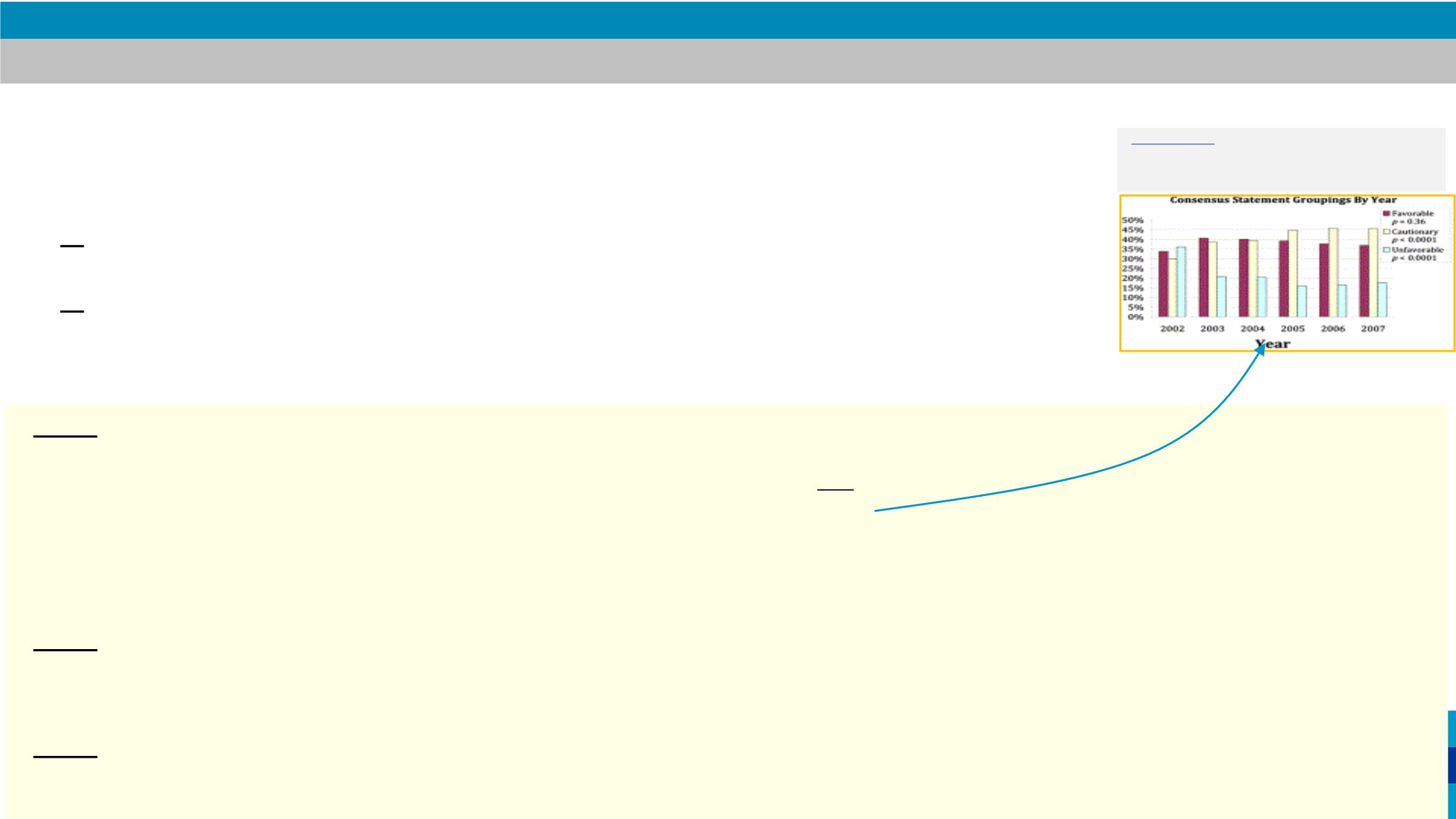

University Hospital Erlangen
Ad 1.
a) Retrospective analysis and the inherent selection bias
b) Patient
selection criteria
according ASTRO and GEC-ESTRO has not been
satisfied by
60-70% of pts.
(cautionary and not suitable group…)
b) Particularly number of patients with risk factors
as pN+, R1, age < 50y
. not reported.
c) No informations about target related
QA
presented. Different safety margins by different resection margins not
respected…
Ad 2.
No data available about
OAR
-related quality assurance:
No data about doses on the ribs.
No data about the dosis on the skin – distance balloon-skin etc..
Ad 3.
Patients has been treated as „out-patient“
without antibiosis
~ infection rate 10-20%.
Using peri- and postop. antibiosis and „in-patient“ basis ~ infection rate <1-2%.
Benjamin D. Smith, M.D., MD Anderson Cancer Center, Houston
Retrospective analysis based upon a review of
Medicare claims data
:
1. Brachytherapy treatment was the “most important factor”affecting
mastectomy
risk
(4% vs. 2%).
2.
Brachytherapy was associated with an increased risk for postoperative
nonifectious side effects
(16,2% vs. 9% - fat necrosis, rib fracture…)
3.
Patients treated with brachytherapy also had an increased
risk for infection
.
(16,2% vs. 10.3% etc.)
Zain A. Husain et al.
Accelerated partial breast irradiation via brachytherapy: A patterns-of-
care analysis with ASTRO consensus statement groupings
Brachytherapy
,
10, 2011
,
479-485
General: We are dealing with Medicare payment records rather than medical healthcare records
Balloon – Mammosite-System
















